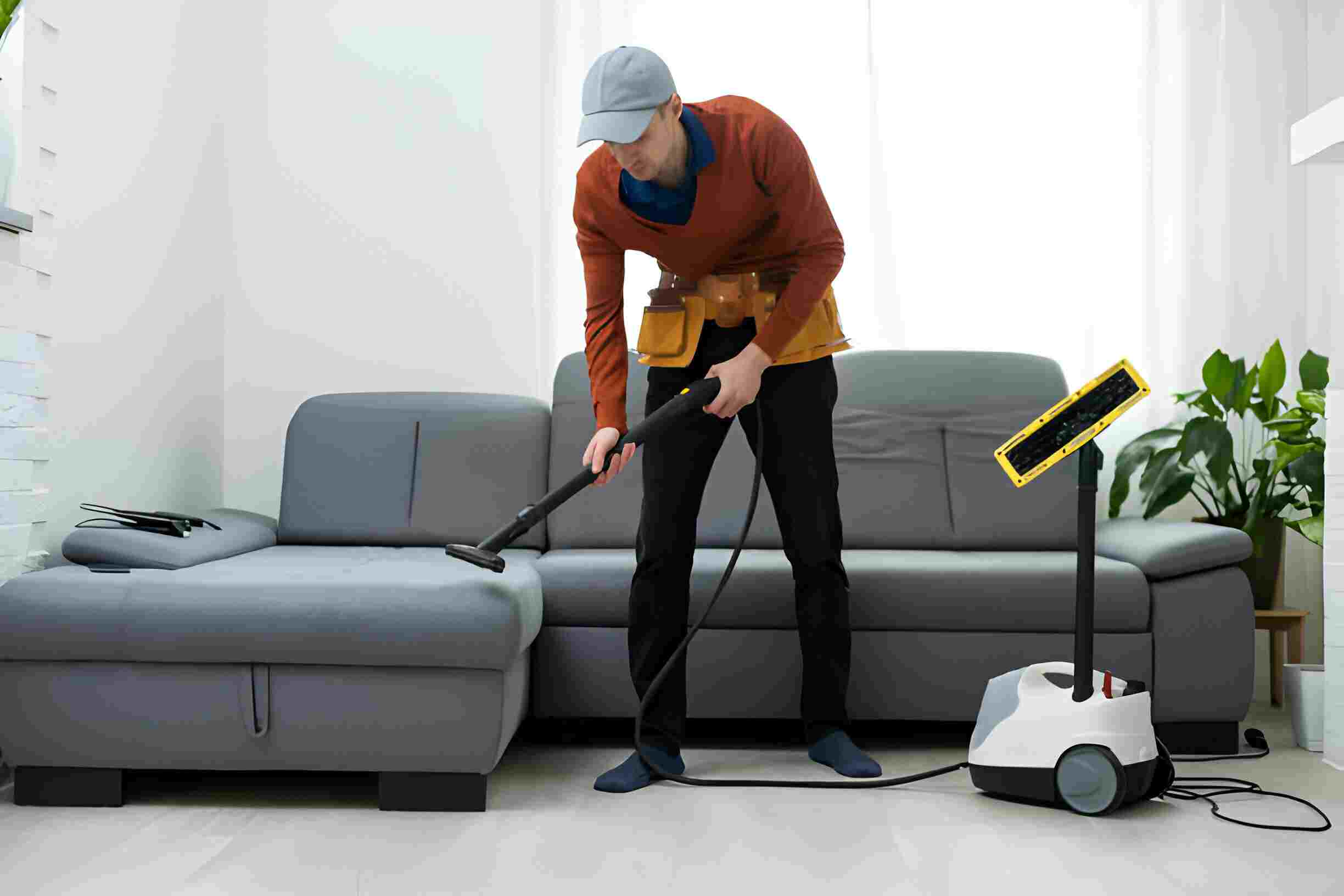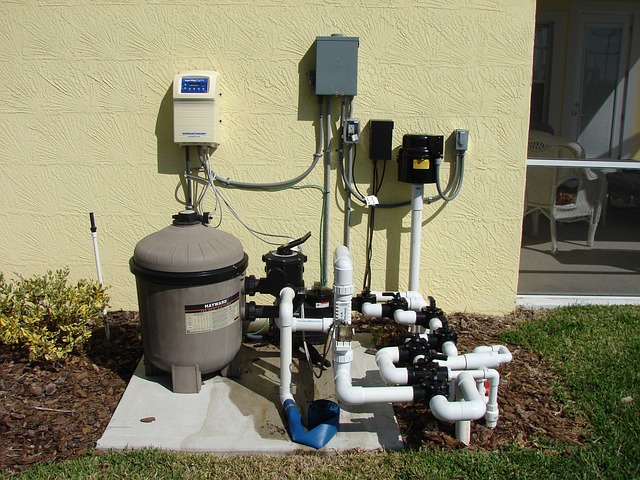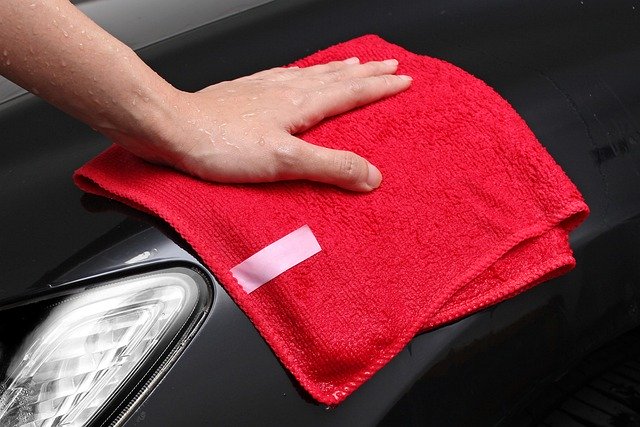Upholstery cleaning is a vital aspect of maintaining a clean and healthy home environment. Over time, upholstery accumulates dust, dirt, allergens, and even stains, which can affect the overall cleanliness and appearance of your home. Regular cleaning is essential for preserving the integrity and longevity of your upholstery. Clean upholstery can transform the visual appeal of a room, making it look fresh, inviting, and well-kept. Whether it’s a luxurious sofa, elegant curtains, or a set of dining chairs, the cleanliness of your upholstery contributes significantly to the aesthetics of your space.
Clean upholstery plays a crucial role in improving indoor air quality by reducing allergens, dust mites, and pollutants. For individuals with allergies or asthma, clean upholstery can be a key factor in preventing health issues and respiratory discomfort. It contributes to a healthier and more comfortable living environment for you and your family. This guide is provides comprehensive information and practical advice on all aspects of upholstery cleaning. From understanding the different types of upholstery and their care requirements to DIY cleaning techniques and hiring professional services, this guide will equip you with the knowledge and tools to maintain your upholstery effectively. Whether you’re looking to enhance the appearance of your home, extend the lifespan of your furniture, or promote a healthier living space, this guide will be your go-to resource for achieving these goals.
What You Need to Know About Upholstery
Upholstery is the art of enveloping furniture or furnishings with padding, springs, and coverings, transforming them into comfortable and aesthetically pleasing pieces. It’s the fine craftsmanship that gives sofas, chairs, and other items their cozy and appealing look and feel.
Common Upholstery Materials (Fabric, Leather, Microfiber, etc.)
Upholstery materials span a diverse spectrum, including luxurious fabric, the timeless elegance of leather, and the practicality of microfiber, among others. Each material bears its unique qualities, such as comfort, durability, and maintenance requirements, making it essential to understand these distinctions when caring for your furnishings.
Upholstery Types (Sofas, Chairs, Curtains, etc.)
Upholstery isn’t confined to furniture alone. It extends to an array of items within your living space, from the plush cushions on your sofa and dining chairs to the elegant drapery adorning your windows. Recognizing the various forms of upholstery enables you to tailor your cleaning approach to each item’s specific needs.
Unraveling the mysteries of upholstery begins with recognizing the materials and forms that populate your living space. By doing so, you empower yourself with the knowledge needed to execute effective and tailored cleaning routines. Whether it’s a velvety couch or a set of leather dining chairs, identification is the first step toward maintaining their longevity and allure.
Benefits of Regular Upholstery Cleaning
Prolonging the Lifespan of Your Furniture
Upholstery cleaning isn’t just about appearances; it’s about preserving the investment you’ve made in your furniture. Regular cleaning can significantly extend the lifespan of your furnishings, protecting them from wear and tear. In essence, it’s a form of care that ensures your beloved pieces age gracefully and stay with you for years to come.
Improving Indoor Air Quality
Clean upholstery serves as a silent guardian of your indoor air quality. By removing accumulated allergens, dust mites, and contaminants, it creates an environment where you can breathe freely. Fresh, clean air is a precious gift that regular upholstery cleaning offers, contributing to a healthier and more comfortable home.
Enhancing the Overall Appearance of Your Home
The impact of clean upholstery on the aesthetics of your home is profound. It’s akin to a rejuvenating makeover for your living space. Fresh, stain-free, and well-maintained upholstery can elevate the visual appeal of any room, turning it into a haven of comfort and beauty.
Avoiding Health Issues Caused by Allergens and Dust Mites
In the realm of health and well-being, upholstery cleaning plays a pivotal role. By eradicating allergens and deterring dust mites, it guards against health problems, particularly for those prone to allergies and respiratory issues. Clean upholstery paves the way for a home where well-being is paramount, free from the invisible intruders that can compromise your health.
What to do Before Cleaning
Inspection of the Condition of Your Upholstery
Before you begin cleaning your upholstery, carefully examine its condition. Look for signs of wear, fading, and overall cleanliness. Consider factors such as:
- Are there any visible tears or fraying in the fabric or leather?
- Is the upholstery discolored or faded in certain areas?
- Is there a buildup of dust or debris?
A thorough inspection will help you tailor your cleaning approach to address specific issues effectively.
Identifying Stains, Odors, and Damage
Stains, odors, and damage are common issues in upholstery. To identify and address these problems:
- Inspect for visible stains, whether from spills, pet accidents, or other sources.
- Sniff the upholstery for any lingering odors, which could be from spills, pets, or even mildew.
- Look closely for any physical damage like scratches, punctures, or tears.
Identifying these issues will guide you in choosing the appropriate cleaning methods and products.
Determining If Professional Cleaning Is Necessary
Not all upholstery issues can be resolved with DIY cleaning. Consider the following factors when deciding if professional cleaning is required:
- Extent of damage: If the upholstery is extensively damaged, professionals may be needed to restore it properly.
- Type of stains: Some stubborn stains may require specialized treatment only experts can provide.
- Material sensitivity: Delicate materials like silk or antique upholstery may be better suited for professional care.
- Time and expertise: If you lack the time, equipment, or knowledge for a thorough cleaning, professionals can save you the effort.
Assessing these factors will help you make an informed decision about the need for professional cleaning.
DIY Upholstery Cleaning
Necessary Tools and Supplies
For effective DIY upholstery cleaning, gather essential tools and supplies, including:
- Upholstery brush or vacuum cleaner with a brush attachment
- Mild upholstery cleaner or homemade cleaning solution
- Clean, lint-free cloths or microfiber towels
- Spray bottle for applying cleaning solution
- Soft-bristle brush for agitating stains
- White vinegar for deodorizing
- Bucket of clean water for rinsing
- Plastic drop cloth or towels to protect the floor
- Rubber gloves to protect your hands
- Upholstery protector spray for prevention
Having the right tools and supplies ensures you’re well-prepared for a successful cleaning session.
Preparing Your Workspace
Before you start cleaning, take steps to prepare your workspace:
- Clear the area around the upholstery to avoid obstacles and protect adjacent items from accidental spills.
- Lay down a plastic drop cloth or old towels to shield the floor from drips and splatters.
- Ventilate the room by opening windows or using fans to help upholstery dry faster.
- Put on rubber gloves to protect your hands from cleaning solutions.
- Read the manufacturer’s cleaning recommendations for your upholstery.
Step-by-Step Guide to Cleaning Different Upholstery Materials
- Fabric Upholstery:
- Vacuum the upholstery to remove loose dirt and dust.
- Test a small, inconspicuous area with the cleaning solution.
- Gently blot stains with a clean cloth, moving from the outside in.
- Avoid over-wetting the fabric, as it can cause water stains.
- Let the upholstery dry thoroughly before use.
- Leather Upholstery:
- Dust the leather with a dry, soft cloth.
- Use a leather cleaner or a mixture of water and mild soap.
- Apply the cleaning solution with a clean, damp cloth.
- Wipe off the solution with a dry cloth.
- Condition the leather with a leather conditioner for a soft, supple finish.
- Microfiber Upholstery:
- Vacuum the upholstery to remove loose debris.
- Mix a solution of one part rubbing alcohol to one part water.
- Lightly spray the solution on the fabric and scrub gently with a soft-bristle brush.
- Blot any remaining moisture with a clean cloth.
- Brush the microfiber to restore its texture.
Tips for Stain Removal and Odor Control
Stain Removal Tips:
- Act quickly to blot up spills and prevent them from setting.
- Always blot stains; never rub, as rubbing can spread the stain.
- Use specialized stain removers for specific stain types like red wine or ink.
Odor Control Tips:
- Sprinkle baking soda on the upholstery to absorb odors, then vacuum it up.
- For pet odors, consider an enzymatic cleaner designed to break down organic residues.
Common Mistakes to Avoid
To ensure successful DIY upholstery cleaning, avoid these common mistakes:
- Using excessive water, which can lead to water stains or damage.
- Using harsh or unsuitable cleaning products that may harm the upholstery.
- Neglecting to test cleaning solutions on an inconspicuous area first.
- Scrubbing vigorously, which can damage the fabric or spread stains.
- Failing to allow the upholstery to dry thoroughly, which can lead to mold and mildew growth.
Hiring Professional Upholstery Cleaners
When to Consider Professional Cleaning
Professional cleaning may be warranted when:
- Your upholstery is heavily soiled, stained, or damaged.
- DIY cleaning has not yielded satisfactory results.
- You lack the time, expertise, or necessary equipment for thorough cleaning.
- Your upholstery is made of delicate or antique materials that require special care.
Finding Reputable Upholstery Cleaning Services
To find reputable services:
- Seek recommendations from friends, family, or online reviews.
- Verify that the service provider is certified and insured.
- Inquire about the cleaning methods and products used.
- Request a written estimate that includes all costs.
- Check for any warranties or satisfaction guarantees.
Questions to Ask Potential Service Providers
When evaluating potential providers:
- Ask about their experience and expertise in upholstery cleaning.
- Inquire about their cleaning process and the products they use.
- Request references from past clients to assess their reputation.
- Clarify the costs and any additional fees for specialized services.
- Ensure they are equipped to handle your specific type of upholstery.
What to Expect During a Professional Cleaning Session
A professional cleaning session typically involves:
- Pre-inspection to assess the upholstery’s condition and identify problem areas.
- Vacuuming to remove loose dirt and debris.
- Application of specialized cleaning solutions tailored to your upholstery type.
- Stain and spot treatment as needed.
- Steam or dry cleaning, depending on the upholstery material.
- Drying and post-cleaning inspection to ensure the upholstery is restored to its best condition.
VII. Maintenance and Protection
Tips for Maintaining Clean Upholstery
- Regularly vacuum your upholstery to remove loose dirt and dust.
- Rotate and fluff cushions to distribute wear evenly.
- Use arm covers and slipcovers to protect high-traffic areas.
- Brush or shake out removable cushion covers.
- Employ no-pet zones on upholstery to prevent animal hair and odors.
- Keep your home’s humidity levels stable to prevent mold and mildew growth on upholstery.
- Avoid eating and drinking on upholstered furniture to prevent spills.
- Consider using decorative throws or pillows that can be easily laundered.
How to Protect Upholstery from Future Stains and Damage
- Use fabric and upholstery protectors to create a barrier against stains.
- Train pets to stay off the furniture or use pet-friendly covers.
- Be cautious when handling sharp objects or wearing abrasive clothing near upholstery.
- Avoid exposing upholstery to direct sunlight, which can cause fading and damage.
- Maintain a regular cleaning schedule to prevent dirt and grime buildup.
Using Upholstery Protectors and Fabric Treatments
- Upholstery protectors create a shield against spills and stains by repelling liquids.
- Fabric treatments like Scotchgard can make cleaning easier and more effective.
- Always follow manufacturer recommendations when applying protectors and treatments.
- Test any product on an inconspicuous area before full application.
Proper Care for Specific Upholstery Types
- Fabric Upholstery: Vacuum regularly, spot-clean stains promptly, and have it professionally cleaned every 12-24 months.
- Leather Upholstery: Use a leather conditioner to prevent cracking and maintain its softness. Avoid harsh cleaners.
- Microfiber Upholstery: Dry brush regularly and use a mixture of rubbing alcohol and water for spot cleaning.
How to Deal with Common Upholstery Issues
Removing Pet Hair and Dander
Use a lint roller, rubber gloves, or a pet hair brush to remove pet hair from upholstery. Regularly vacuum with a pet-specific vacuum cleaner that has upholstery attachments. Wash pet bedding and blankets frequently to reduce shedding.
Dealing with Spills and Stains
Blot, don’t rub, to absorb as much of the spill as possible. Use a clean cloth or paper towel to gently blot the stain. Work from the outside in to prevent the stain from spreading. Use a mixture of water and mild soap or a specialized stain remover for cleaning. Test any cleaning solution on an inconspicuous area first.
Eliminating Odors
For general upholstery odors, sprinkle baking soda, let it sit, then vacuum it up. For pet odors, use an enzymatic cleaner to break down organic residues. Keep the upholstery well-ventilated to prevent musty odors.
Repairing Minor Upholstery Damage
For small tears or scratches in fabric upholstery, use fabric glue or a patch. Leather upholstery can be repaired using leather repair kits for minor scratches. Consult with a professional for more significant damage.
Safety Considerations
Choosing Safe Cleaning Products
Opt for cleaning products labeled as safe for upholstery and pets. Avoid products with harsh chemicals or strong odors. Check for environmentally friendly or non-toxic options.
Protecting Yourself During DIY Cleaning
Wear rubber gloves to protect your hands from cleaning solutions. Use cleaning solutions in well-ventilated areas to prevent inhaling fumes. Wash your hands thoroughly after handling cleaning products.
Ensuring Safety for Children and Pets
Store cleaning products out of reach of children and pets. Be cautious when using cleaning solutions in areas accessible to kids or animals. Rinse and dry cleaned upholstery thoroughly to remove any residual cleaning products that might be harmful if ingested.
Conclusion
Upholstery cleaning is crucial for maintaining a clean and healthy home. It enhances the aesthetics of your living space and promotes indoor air quality. Regular cleaning contributes to a healthier, more comfortable environment. Clean upholstery prolongs the life of your furniture. It improves indoor air quality and reduces allergens and pollutants. A well-maintained home promotes overall well-being and comfort.
This guide equips you with the knowledge and tools to maintain your upholstery. Take proactive steps to keep your home clean, beautiful, and hygienic and enjoy the benefits of a well-maintained living space.
Upholstery cleaning isn’t just a chore; it’s an investment in your home and well-being. Regular care and maintenance can preserve the beauty and comfort of your living space for years to come. Remember that clean upholstery is more than just furniture; it’s an essential part of a healthy and inviting home.














